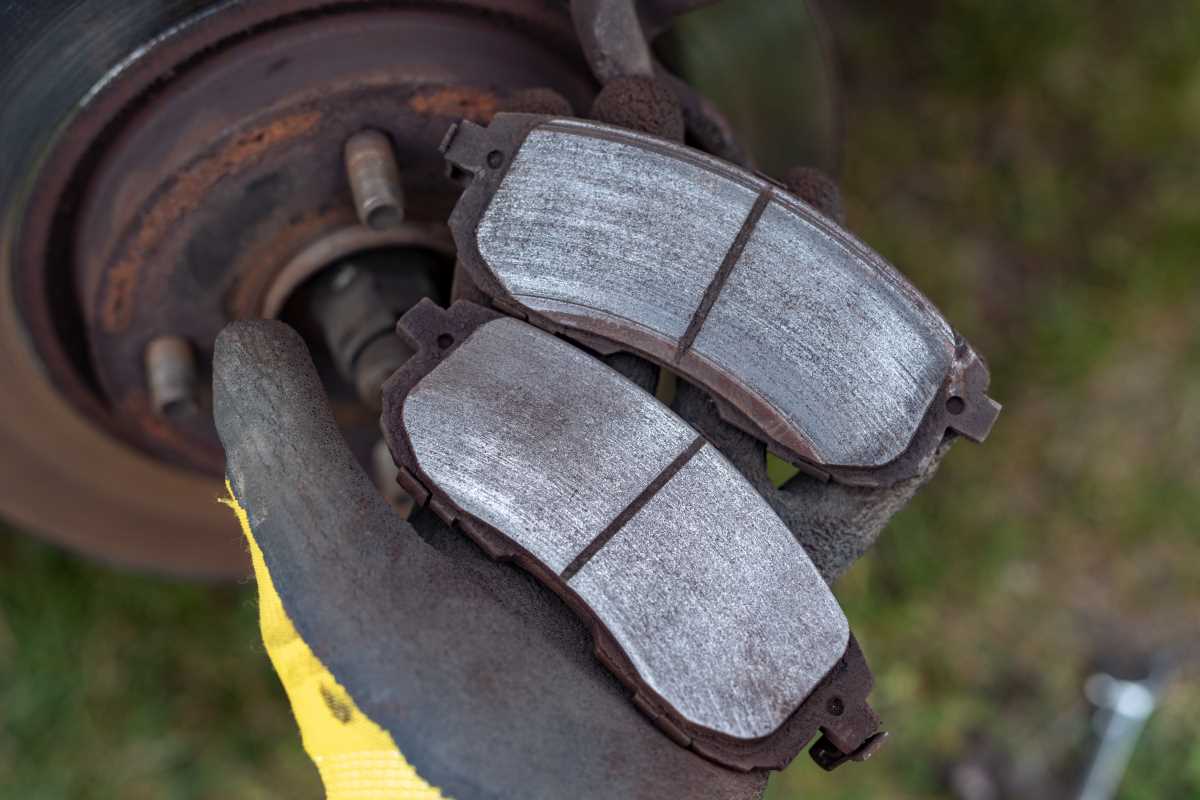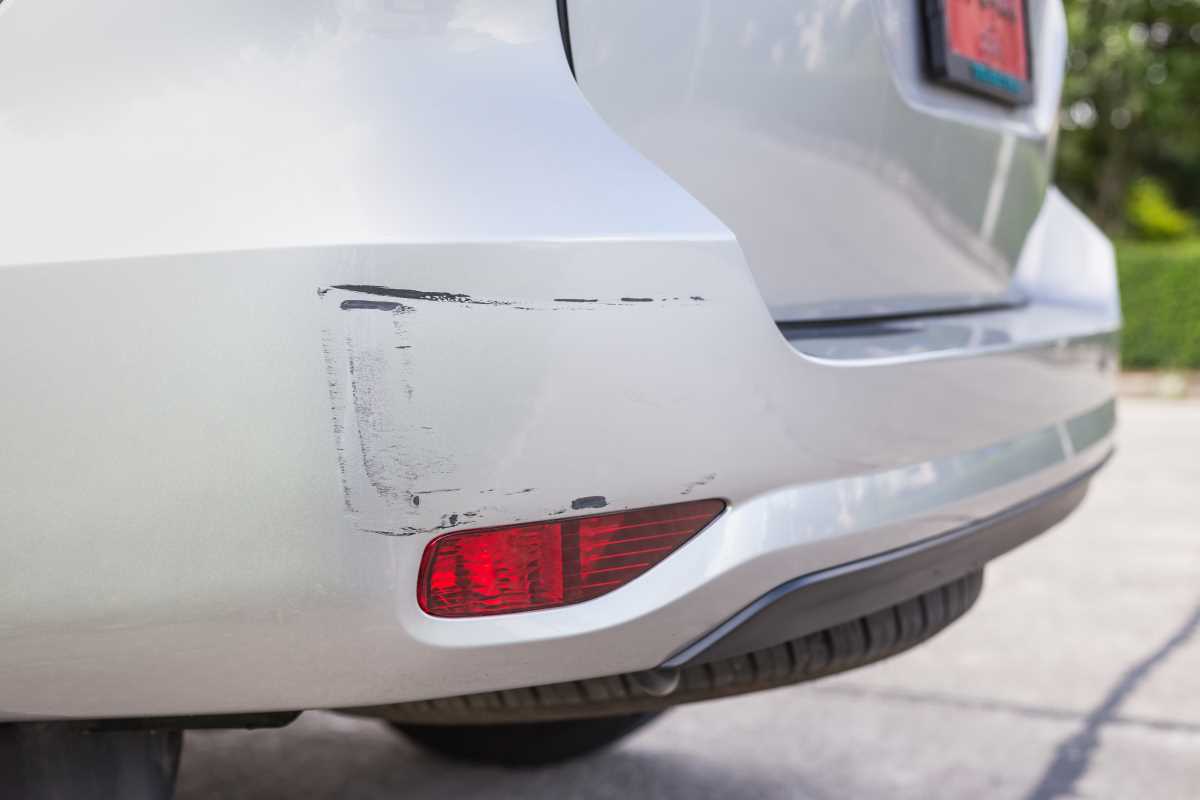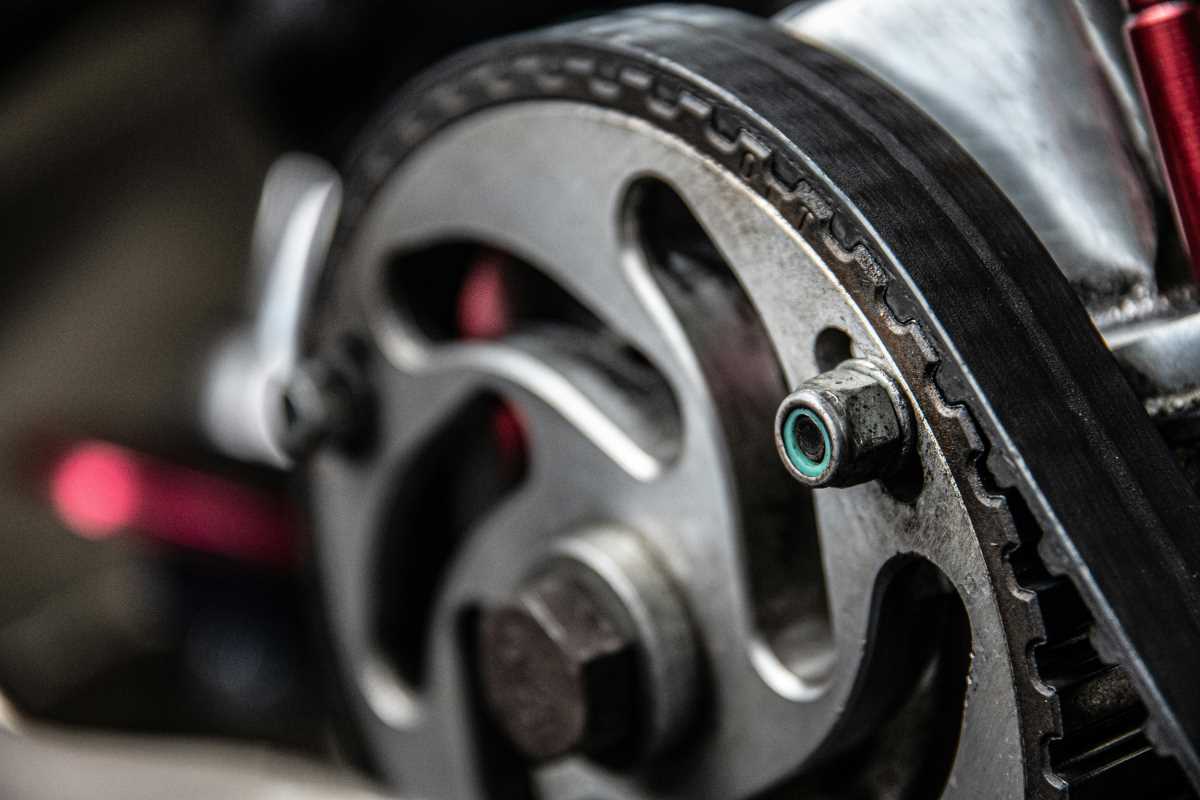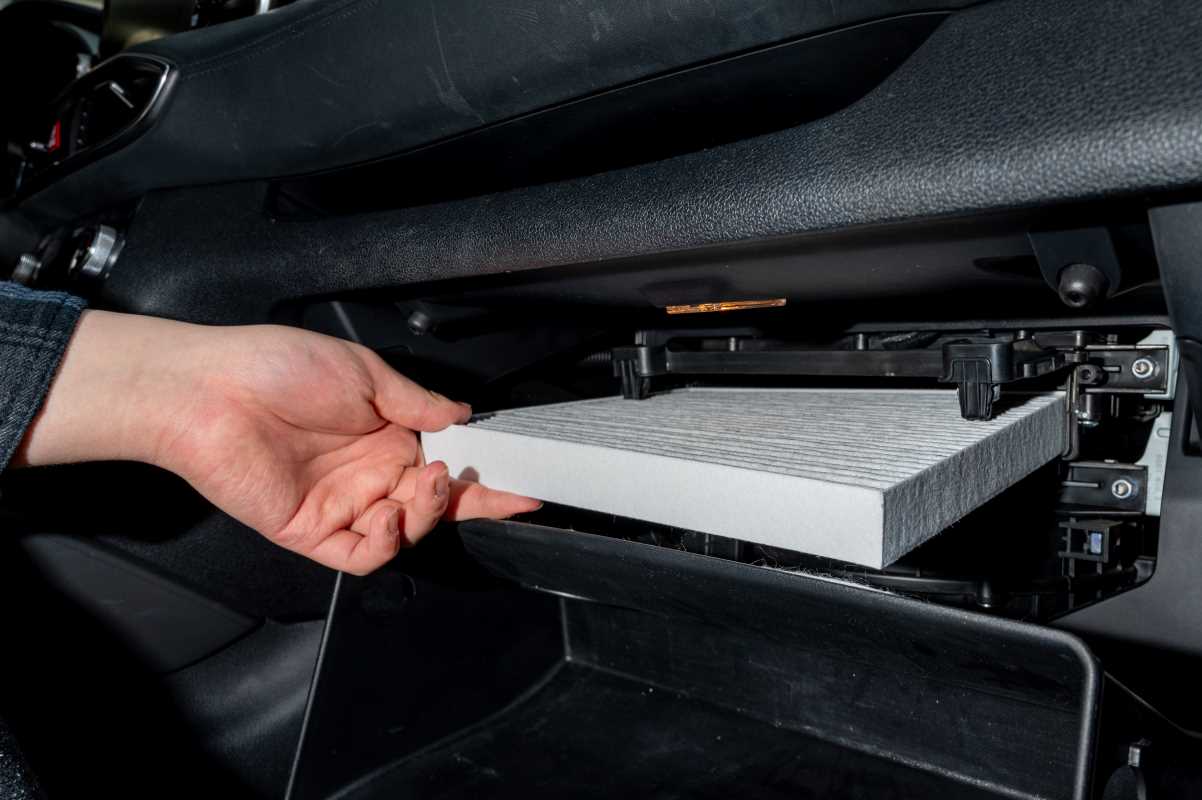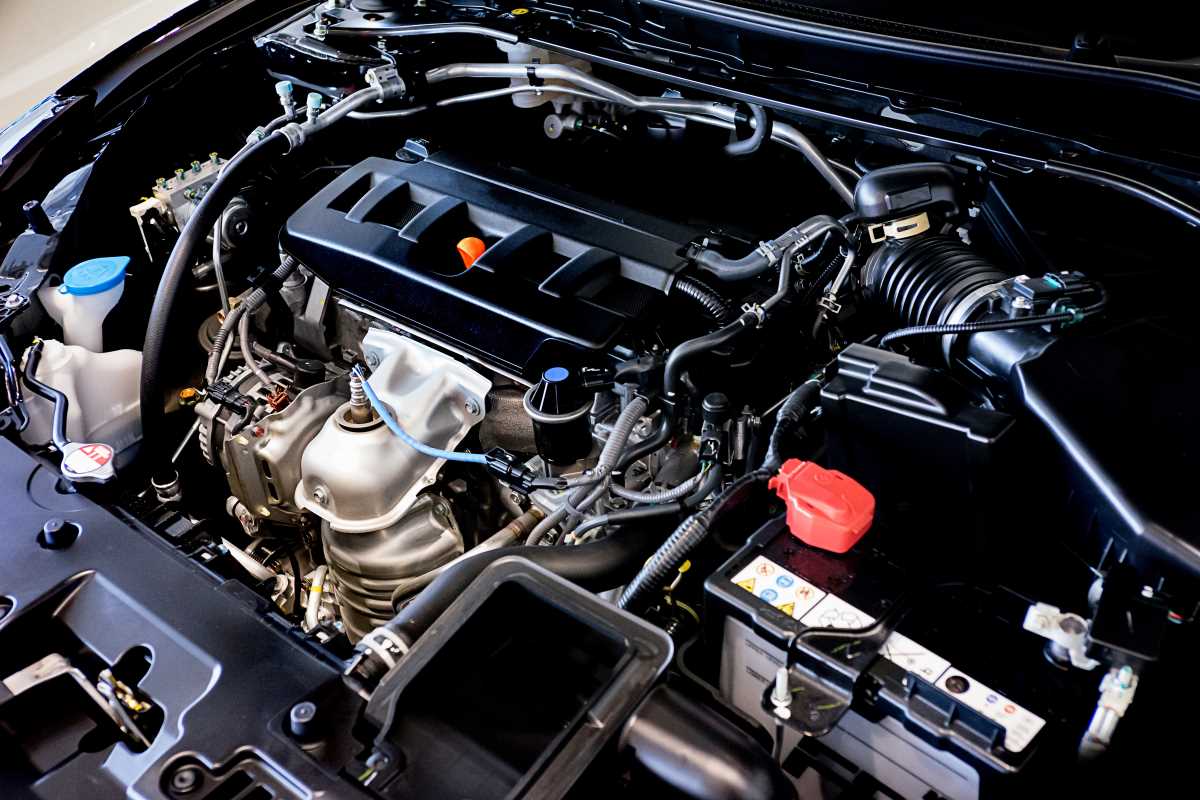Your car's heating, ventilation, and air conditioning (HVAC) system does more than just keep you comfortable. It's a critical safety feature that plays a huge role in your ability to see clearly and breathe clean air. In the summer, it provides a cool escape from the heat, and in the winter, it defrosts your windows and keeps you warm. A well-maintained HVAC system ensures your comfort, improves your car's air quality, and most importantly, keeps your windshield clear of fog and frost for maximum visibility. Neglecting it can lead to musty smells, weak airflow, and expensive repairs down the road. A few simple checks can keep your system running efficiently, ensuring you're safe and comfortable no matter the weather.
How Your Car’s HVAC System Works
Think of your car's HVAC system as a small version of the one in your house, but with more moving parts packed into a tighter space. It all starts with the blower motor, a fan that pushes air into the cabin. This air first passes through the cabin air filter, which traps dust, pollen, and other debris. For heat, hot engine coolant flows through a small radiator called a heater core. For air conditioning, a refrigerant is pressurized by the compressor, gets cold in the evaporator core, and absorbs heat from the cabin air. A condenser at the front of the car releases this heat. A series of "blend doors" inside your dashboard direct the air over the heater core, the evaporator, or a mix of both to achieve the temperature you set.
Signs Your System Needs Attention
Your car will usually give you clear signs when its HVAC system needs help. The most obvious is weak airflow from the vents, which often points to a clogged cabin air filter. If your A/C isn't blowing cold air, you could be low on refrigerant due to a leak. Strange noises, like a rattling or whining sound when you turn on the fan, could signal a problem with the blower motor. One of the most common complaints is a musty, "dirty sock" smell, which is caused by mold and bacteria growing on the damp evaporator core. If your windows fog up and won't clear, or if the temperature from the vents doesn't match your settings, it’s time to investigate.
Simple DIY HVAC Checks
You can perform several key maintenance tasks yourself. The easiest and most effective is replacing the cabin air filter. This is usually located behind the glove box and can be changed in just a few minutes without any tools. A fresh filter restores airflow and improves air quality instantly. You should also visually inspect the air intake vents at the base of your windshield, known as the cowl, and clear out any leaves or debris that could block airflow and clog drain tubes. Finally, take a peek at the drive belts in your engine bay to ensure the one that runs the A/C compressor is in good condition and not cracked or frayed.
When to Call a Professional
While you can handle the basics, some parts of the HVAC system require professional service, especially the air conditioning. The A/C system is a sealed, high-pressure loop containing refrigerant, a substance that is regulated and requires special equipment to handle safely. If your A/C is weak, a technician can check for leaks using a special UV dye or an electronic "sniffer." They can then properly evacuate the system, repair the leak, and recharge it with the precise amount of refrigerant needed for it to work efficiently. Don’t fall for the tempting DIY refrigerant recharge cans; overcharging the system is a common mistake that can cause more damage.
Odor Control and Defrosting Best Practices
To prevent that nasty mildew smell, run your A/C on fresh air mode when possible and turn off the A/C button a few minutes before you reach your destination, leaving the fan on. This helps dry out the evaporator core. If the smell is already there, you can buy a special disinfecting spray designed to be sprayed into the system to kill the mold and bacteria. For optimal defrosting and defogging, use your A/C. The air conditioning system is an excellent dehumidifier and will clear a foggy windshield much faster than heat alone, even in the winter. Keeping the inside of your glass clean also gives fog less to cling to.
Protecting Your System for the Long Haul
A few habits can extend the life of your HVAC components. The A/C condenser looks like a thin radiator and sits at the very front of your car. Gently rinse it with a hose from time to time to remove bugs and road grime, which helps it release heat more effectively. Also, be mindful of the "recirculate" button. While it helps cool the cabin faster on a hot day, using it all the time can lead to stale, humid air and cause windows to fog up in cooler weather. Periodically switching to fresh air mode helps keep things balanced. Listening for new noises like a clicking or grinding compressor and addressing them early can prevent a small issue from turning into a major system failure. Regular care ensures your HVAC system is ready when you need it most, keeping you comfortable and safe on every journey.
 (Image via
(Image via
